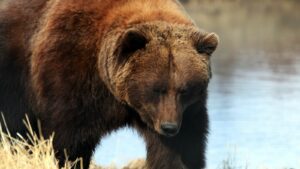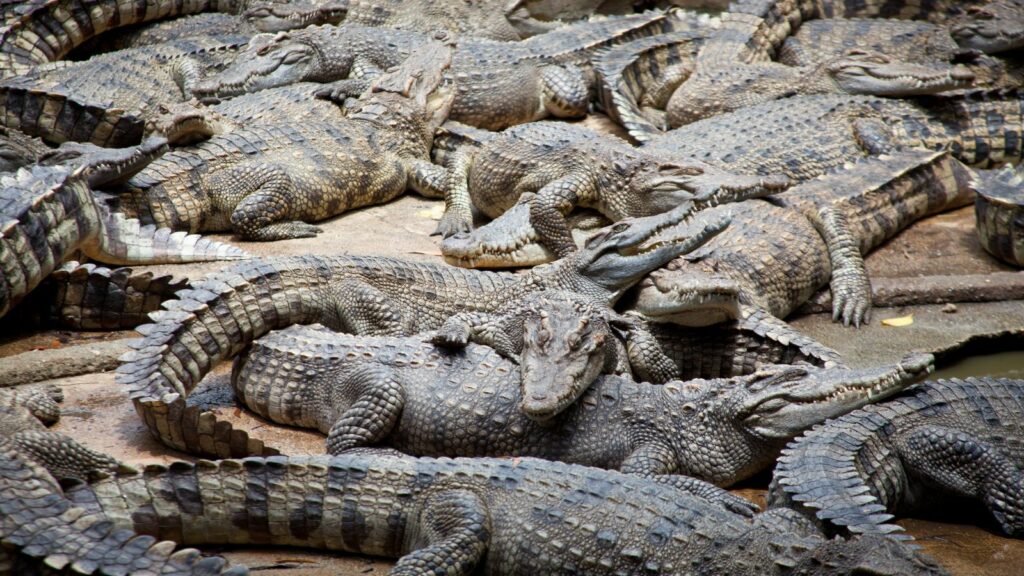”
Key Takeaways
- Commitment to Conservation: Creating a certified wildlife habitat signifies an individual’s dedication to preserving biodiversity and fostering sustainable ecosystems.
- Biodiversity Promotion: The certified wildlife habitat sign indicates essential elements like food, water, and shelter, thereby supporting a variety of species and enhancing local genetic diversity.
- Community Education: These signs serve as educational tools, sparking discussions about wildlife conservation and responsible practices within the community.
- Certification Process: Homeowners can obtain the sign by evaluating their property, planning improvements, implementing wildlife-friendly practices, and submitting an application to organizations like the National Wildlife Federation.
- Property Value Enhancement: Displaying the certified wildlife habitat sign can increase property value, as it appeals to buyers interested in sustainable living and environmental stewardship.
- Environmental Stewardship: The sign encourages a culture of ecological responsibility, inspiring neighbors to participate in wildlife conservation efforts and creating a collective impact on local ecosystems.
Creating a certified wildlife habitat is more than just a trend; it’s a commitment to conservation. By transforming a yard or garden into a sanctuary for local wildlife, individuals can play a crucial role in preserving biodiversity. The certified wildlife habitat sign serves as a badge of honor, showcasing the efforts made to support native species and promote a healthy ecosystem.
This sign not only highlights the importance of sustainable practices but also inspires others to take action. It signifies that a space provides essential elements like food, water, shelter, and places for wildlife to raise their young. As awareness grows around environmental issues, the certified wildlife habitat sign becomes a powerful symbol of dedication to nurturing the planet and its inhabitants.
Certified Wildlife Habitat Sign
 The certified wildlife habitat sign indicates a space that meets specific requirements to support wildlife. This sign represents commitment to conservation through the creation of habitats that provide necessary resources, such as food, water, shelter, and nesting sites. Certified areas contribute to local biodiversity by attracting native species and fostering ecosystems.
The certified wildlife habitat sign indicates a space that meets specific requirements to support wildlife. This sign represents commitment to conservation through the creation of habitats that provide necessary resources, such as food, water, shelter, and nesting sites. Certified areas contribute to local biodiversity by attracting native species and fostering ecosystems.
Homeowners and community members can obtain the certified wildlife habitat sign by following established guidelines set by organizations like the National Wildlife Federation. These organizations evaluate properties based on criteria regarding sustainable practices and habitat improvement.
Displaying the sign not only recognizes individual efforts but also promotes broader environmental stewardship. It encourages neighbors and visitors to engage in wildlife-friendly practices, expanding the impact of conservation efforts in communities. The visibility of the sign serves as a reminder of the importance of preserving natural habitats in a world with increasing urban development.
Importance of Certified Wildlife Habitat Signs
Certified wildlife habitat signs play a crucial role in promoting environmental awareness and encouraging conservation efforts among homeowners and communities. These signs reflect a commitment to fostering ecosystems that support diverse wildlife.
Promoting Biodiversity
Promoting biodiversity becomes essential with certified wildlife habitat signs. These signs signify that a yard or garden actively supports various species by providing essential elements such as food, water, and shelter. Established habitats create crucial connections between different ecosystems, enhancing genetic diversity within local populations. For instance, areas rich in native plants attract pollinators like bees and butterflies, while water sources support birds and amphibians. The presence of certified signs encourages homeowners to adopt biodiversity-friendly practices, fostering a network of habitats that collectively strengthen overall ecological resilience.
Educating the Community
Educating the community emerges as a key benefit of certified wildlife habitat signs. The signs serve as informative tools, prompting discussions about wildlife conservation and responsible land use. They invite curiosity from neighbors and visitors, fostering greater awareness of local ecology and the importance of habitat preservation. Workshops, neighborhood events, and school programs can leverage these signs to promote conservation education, showcasing successful examples of sustainable practices within the community. When individuals engage in educational outreach focused on certified habitats, communities cultivate a culture of stewardship that prioritizes the protection and enhancement of natural environments.
How to Obtain a Certified Wildlife Habitat Sign
Obtaining a certified wildlife habitat sign involves a clear process that ensures properties meet specific criteria for supporting local wildlife. Organizations like the National Wildlife Federation offer a structured pathway to achieve certification.
Steps to Certification
- Evaluate Property: Inspect the area for existing wildlife and habitats.
- Plan Improvements: Design a plan that incorporates food, water, shelter, and nesting sites for various species.
- Implement Practices: Create the habitat by planting native species, installing water sources, and providing shelter options.
- Submit Application: Fill out the application form provided by the certifying organization, detailing the enhancements made.
- Receive Confirmation: Await the evaluation and, upon approval, receive the certified wildlife habitat sign.
- Food Sources: Provide native plants, seeds, and fruit-bearing bushes to attract wildlife.
- Water Supply: Include ponds, birdbaths, or water features to serve as drinking and bathing spots.
- Shelter Options: Create natural areas using shrubs, logs, or brush piles for protection and nesting.
- Native Flora: Utilize plants indigenous to the area that foster local biodiversity.
- Maintenance Practices: Adopt sustainable gardening practices to minimize pesticide use and promote a healthy ecosystem.
Following these steps and meeting the outlined requirements supports local ecosystems while promoting environmental stewardship within communities.
Benefits of Displaying a Certified Wildlife Habitat Sign
Displaying a certified wildlife habitat sign offers numerous benefits that enhance community awareness and environmental stewardship. These signs signify commitment to wildlife conservation while providing personal and community advantages.
Enhancing Property Value
 Enhancing property value occurs when homeowners display a certified wildlife habitat sign. Properties recognized for wildlife-friendly practices often attract buyers interested in sustainability. Research demonstrates that homes with biodiversity features may fetch higher prices, as buyers recognize the value of green spaces. Homeowners gain an edge in the real estate market through the certification, showcasing dedication to preserving nature while potentially increasing property attractiveness.
Enhancing property value occurs when homeowners display a certified wildlife habitat sign. Properties recognized for wildlife-friendly practices often attract buyers interested in sustainability. Research demonstrates that homes with biodiversity features may fetch higher prices, as buyers recognize the value of green spaces. Homeowners gain an edge in the real estate market through the certification, showcasing dedication to preserving nature while potentially increasing property attractiveness.
Encouraging Wildlife Conservation
Encouraging wildlife conservation becomes more effective with certified wildlife habitat signs. These signs foster a sense of community identity centered around ecological responsibility. Homeowners inspire neighbors and local residents to adopt conservation practices, creating a network of wildlife-friendly environments. This ripple effect promotes habitat enhancement, helping local species thrive while supporting ecological balance. By displaying the sign, individuals actively participate in broader conservation efforts, reinforcing environmental sustainability in their communities.
Dedicated Effort To Support Local Ecosystems
Embracing the certified wildlife habitat sign reflects a dedicated effort to support local ecosystems and promote biodiversity. This small yet powerful symbol not only showcases individual commitment but also inspires collective action within communities. By creating spaces that nurture wildlife, homeowners contribute to a larger movement toward environmental stewardship.
The visibility of these signs fosters awareness and encourages conversations about conservation practices. As more people engage in sustainable gardening and habitat creation, the ripple effect strengthens ecological resilience. Ultimately, the certified wildlife habitat sign serves as a beacon of hope in the ongoing journey to protect and enhance the natural world around us.
“

